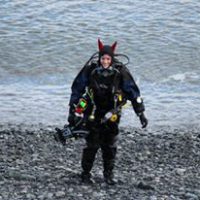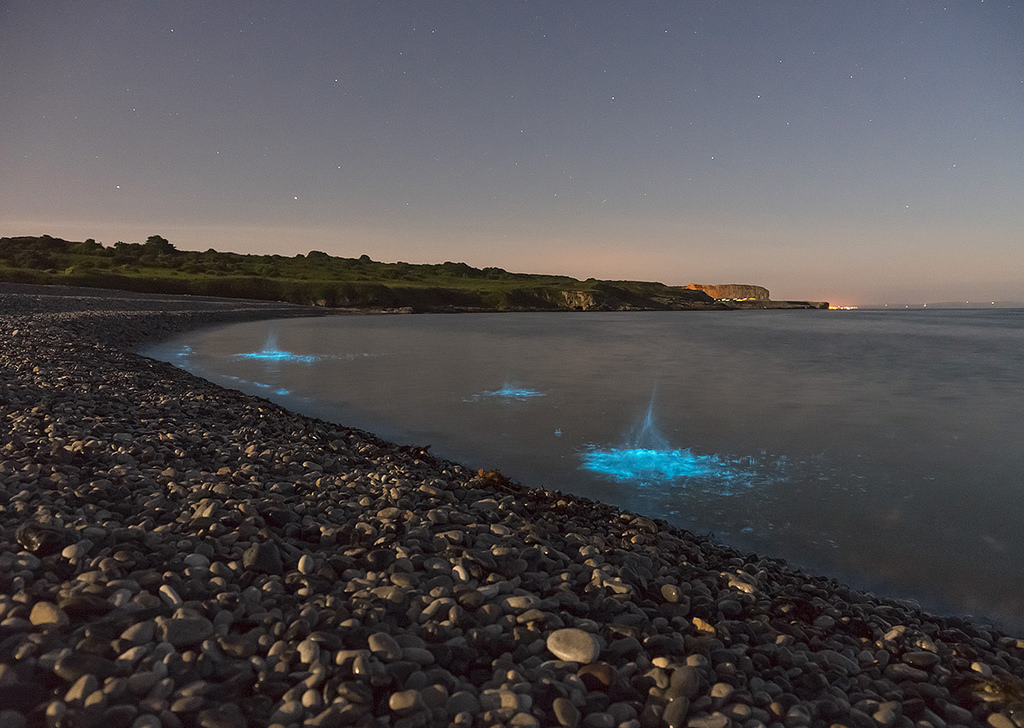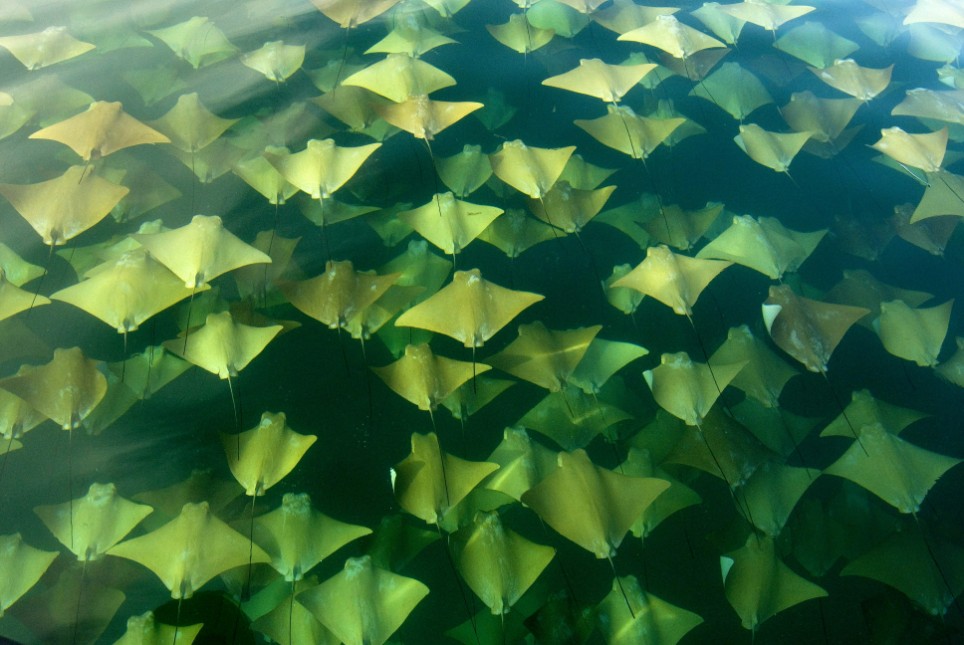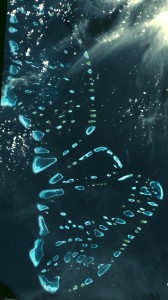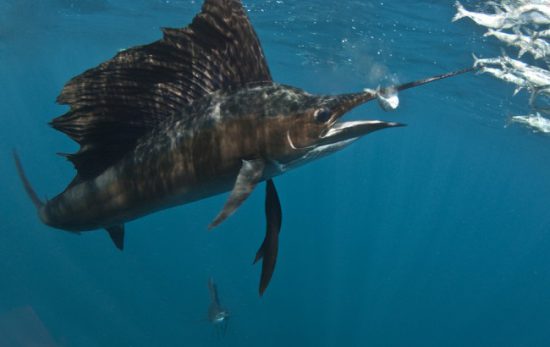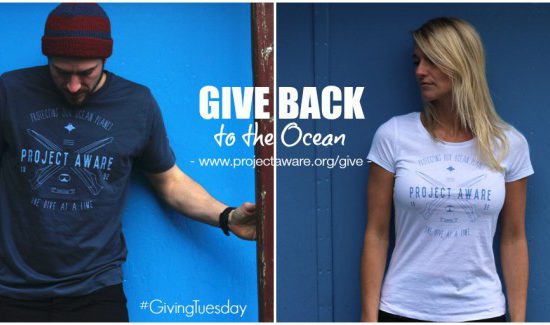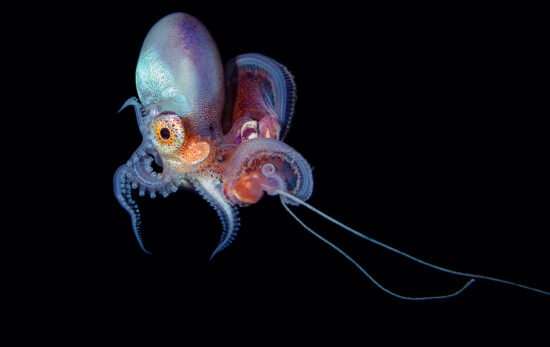As a scuba diver, you see the ocean from a different perspective than many others. You see the ocean as a big blue wonderland – something to be explored, taken care of and appreciated. But even experienced scuba divers haven’t seen it all – here are six unusual views of the underwater world that, as a diver, you might not have seen before.
The ocean from space
Have you ever wondered what the ocean would look like from space? Satellites orbiting our planet contain Earth Observation instruments, allowing scientists to measure various ocean properties. Ocean colour sensors, for example, can provide information about the concentration of substances to better understand the ocean’s eco-system. These satellites are also used to predict weather conditions and aid in climate research, and this futuristic technology generates some pretty amazing photos in the process.
Bioluminescent bays
When we picture a beach sunset, rarely do we imagine the water to be glowing blue like a scene from a sci-fi movie. But, if you go to the right bay you might have the opportunity to see an incredible view of the ocean. Places like Mosquito Bay (Puerto Rico) and Reethi Beach (Maldives) offer stunning bioluminescent sights. Bioluminescence describes the chemical reaction that takes place in certain creatures and causes them to glow – often an otherworldly blue. When microorganisms get caught up in the tide and glow together, the result is a truly enchanting beach display. Read more about this phenomenon here.
Red tides
We typically think of the ocean as being blue, but that’s not always the case. When red tides form, the water becomes discoloured to either red (the most common), pink, orange, brown or yellow – and it’s not a good sign. A red tide is caused by a growth explosion, or an “algal bloom,” of dinoflagellates, which are a certain type of algae that contains toxins and are harmful to both animals and humans. Although causes can be natural in some areas, red tides are often generated by imbalances in the water due to pollution. To help keep the oceans beautifully blue, take the Project AWARE Specialist course where you can learn about the causes of red tide and how it can be prevented.
Marine Debris
Not every view of the ocean is pleasing. Over the years, people and corporations have used the oceans to dispose of waste – and now we are seeing the saddening results. More than six million tons of trash are dumped each year, causing harm to marine life and their habitats. To change this uglier view of the ocean, join Project AWARE’s Dive Against Debris Movement and learn how you can make a difference by protecting the ocean with every dive.
Massive Migrations
Twice a year, cownose rays embark on an epic migration along the Eastern coast of the Americas. But what really makes this particular event unique is that cownose rays travel in incredibly large schools. Sometimes off the coast of Mexico, up to 10,000 rays can be seen gliding together towards their destination, which is quite extraordinary to see if you’re scuba diving nearby. Be careful not to provoke these creatures, however, as they have a poisonous stinger which can pack a very nasty punch.
Aerial Islands
From the Galapagos to the Seychelles, many island nations across the planet draw holidaymakers and scuba divers alike for their stunning sandy beaches, crystal clear blue water and idyllic vistas. What most visitors don’t get to enjoy, however, is the view from above. Using satellite technology NASA has captured some incredible aerial images of islands across the world, allowing us to get a whole new perspective on paradise.
Left: Maldives, Right: Atafu Atoll, Tokelau. Photos: NASA
These six sights are certainly less common, but with 71% of the planet covered in water, there’s no shortage of awe-inspiring experiences to be had while scuba diving. If you’re feeling inspired and want to get discovering, contact your local PADI Dive Center or Resort today to jump straight in!
